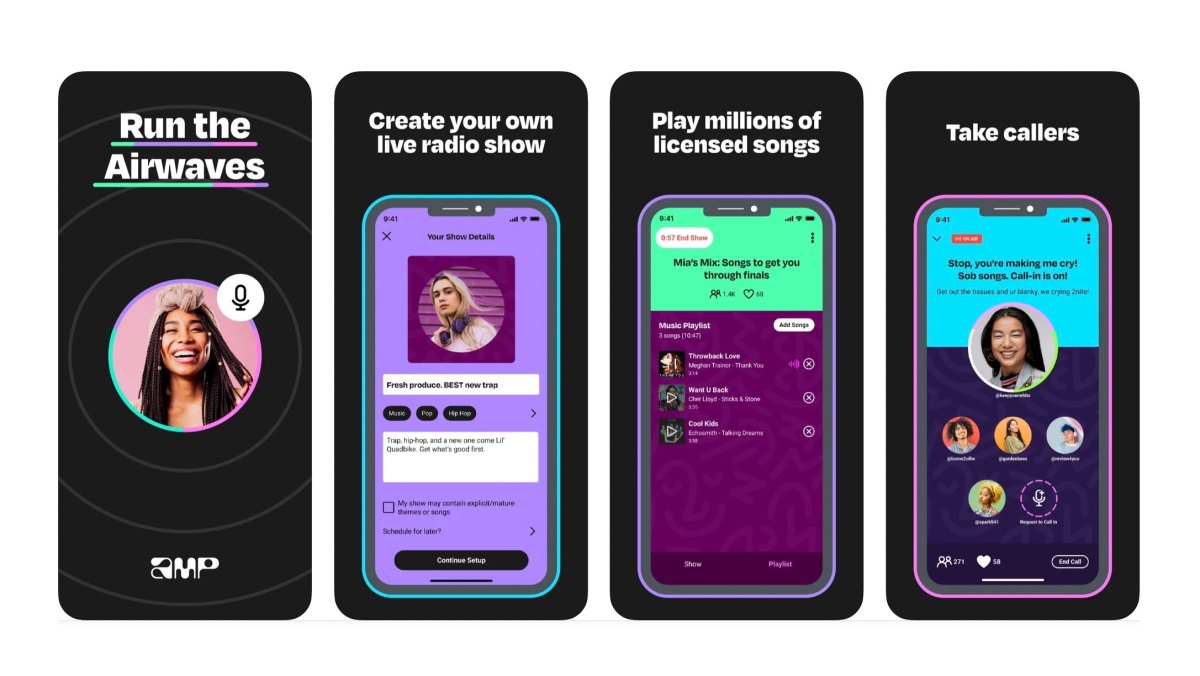- Digital Media Products, Strategy and Innovation by Kevin Anderson
- Posts
- News outlets in the Global South announce global ambitions
News outlets in the Global South announce global ambitions
How Reuters is using AI to help its video customers find the content they want

At the risk of falling into the trap that two data points make a trend, I have noticed something interesting out of WAN-IFRA’s recent Global Congress: Media outlets in the Global South are now expanding their ambitions globally. First there was the story about Clarín in Argentina looking to the US as a new market and now we have Nation Media in Kenya. Nation Media admits that most of its revenue, some 80%, comes from legacy products, and it wants to accelerate what it calls digital integration. It wants to be a go-to news source in Africa and beyond. They have set an ambitioius goal of re-balancing their revenue so that 50% comes from digital by 2027. Digital integration means that they are looking to streamline their existing five newsrooms across titles and broadcast outlets. At the moment, those newsrooms are all competing for resources. They first needed to integrate their workflow, and then they will tackle content stragegy. With a broadcast wing, I would say that they are uniquely placed to take advantage of the shift to video-based content.
Wirecutter used its Odes - “a short love letter to Wirecutter picks that have been beloved over time” - to create content on Instagram that drove affiliate revenue. The review site, which is owned by the New York Times, also used the reach of its parent company to drive double-digit revenue growth on Prime Day.
While social helped Wirecutter, it is not doing any favour’s to Reach in the UK. Some of their sites were heavily dependent on Facebook traffic, especially from instant articles it would seem. The hit to their revenue was grim, grim, grim. I consulted with Reach from 2016 to 2018. I love their teams, but it’s time for a new strategy. The one they have isn’t working.
This is a great example of how AI can help speed up processes. This is bread-and-butter application of the technology that does speed-to-text transcription and NLP to help speed the addition of metadata. It helps Reuters’ video customers find the video that they need.
See the story above. I would expect Meta to start de-emphasising news content quickly on their new Twitter-killer. I hear more and more journalists are feeling exhausted by the churn and burn on social platforms. There is much more emphasis by publishers on using social to build direct relationships with their audiences via newsletters, podcasts and apps.
While podcasts might have come off the boil that they experienced during the pandemic, they still have a role in audience development and engagement. And Spotify’s CEO says that this role is that they engage younger audiences - something that publishers are always looking to do.
The breakneck pace of AI announcements continues with the major tech companies all scrambling to take advantage of the buzz (and the market pop). While AI experts have decried ‘doomerism’, but it isn’t jus consumers who have concerns about AI. A growing number of IT specialists are also worried about the ethics of AI as well.
In the category of flash-in-the-pan social applications, those audio chatroom apps - Clubhouse, Twitter Spaces and Amazon’s Amp - seem to have failed to really grow beyond a small user base.
And for the former tech reporter in me, I am going to throw in a little less recent tech history. For those of us who have been around for a while, it often does feel like history repeating itself.






